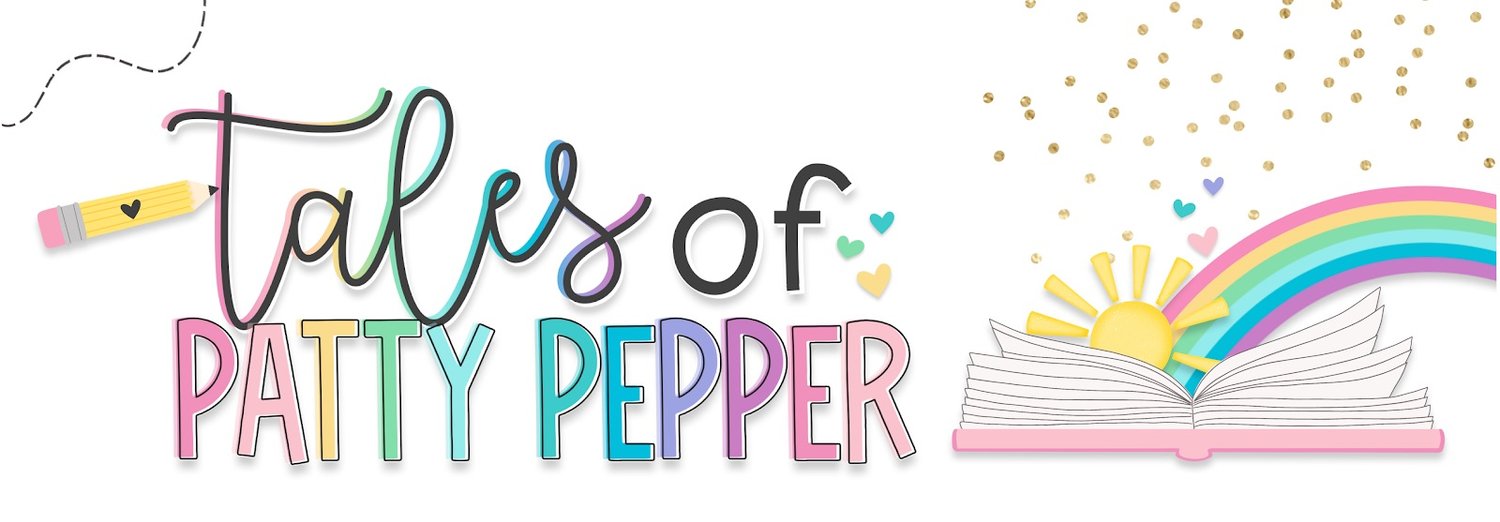Exciting Solar Eclipse Activities for K-5 Educators!
Are you ready to take your students on a cosmic adventure they'll never forget? With the upcoming solar eclipse, there's no better time to ignite their curiosity about space and astronomy! In this comprehensive blog post, I'll explore some creative ways to incorporate solar eclipse resources into your classroom while engaging students and fostering a love for learning about the universe.
The solar eclipse is a rare and awe-inspiring event that captures the imagination of people around the world. As educators, we have a unique opportunity to harness this excitement and use it as a springboard for engaging our students in the wonders of space astronomy. By integrating solar eclipse activities into our curriculum, you can spark curiosity, promote critical thinking, and inspire a lifelong love of learning.
1. Interactive Learning with Worksheets and Activities: One of the best ways to introduce students to the solar eclipse is through interactive worksheets and activities. For example, you can provide printable coloring pages featuring the planets of our solar system, allowing students to familiarize themselves with the different celestial bodies while expressing their creativity through art. Additionally, word searches themed around solar eclipses can reinforce vocabulary related to space and astronomy while providing a fun challenge for students to complete.
2. Hands-on Crafts and Projects: Bring the wonder of the solar eclipse into your classroom with hands-on craft projects. Encourage students to create their model of the solar system using craft materials like paper plates, pom poms, and paint. This tactile activity not only helps students visualize the relative sizes and positions of the planets but also allows them to engage their fine motor skills and creativity. You can also have students make individual solar eclipse viewers using cardboard tubes and special eclipse glasses, enabling them to safely observe the event firsthand.
3. Engaging STEM Challenges: Challenge your students to apply their knowledge of science, technology, engineering, and math with exciting STEM challenges related to solar eclipses. For example, you can task them with designing and building their own solar eclipse viewer using household materials. This hands-on activity not only reinforces STEM concepts such as light refraction and optics but also encourages critical thinking and problem-solving skills. You can also engage students in a collaborative engineering challenge to design and construct a scale model of the solar system using everyday objects.
4. Creative Writing and Reflection: Encourage students to express their thoughts and feelings about the solar eclipse through creative writing and reflection activities. Have them write a short story or poem imagining what it would be like to witness a solar eclipse from different perspectives, such as that of an astronaut floating in space or a curious observer on Earth. You can also facilitate group discussions where students share their reflections on the experience, discussing questions such as what they found most fascinating about the solar eclipse and how it deepened their understanding of the universe.
5. Themed Snack Party and Celebration: Wrap up your solar eclipse unit with a themed snack party and celebration! Serve snacks shaped like the sun, moon, and stars while discussing fun facts about solar eclipses. You can also play educational games or watch videos about space exploration to further engage students and reinforce learning. Consider inviting parents or other classes to join in the celebration, creating a sense of community and excitement around the event.
6. Safety First: As educators, it's essential to prioritize the safety of our students when observing the solar eclipse. Remind students about the importance of using proper eye protection, such as eclipse glasses, and discourage them from looking directly at the sun without it. Educate them about the potential risks of eye damage and the importance of following safety guidelines. Consider inviting a local astronomer or science expert to speak to your class about eclipse safety and answer any questions students may have.
The solar eclipse provides a unique opportunity for educators to engage students in the wonders of space astronomy while promoting curiosity, critical thinking, and creativity. That’s why I created the K-5 Ultimate Solar Eclipse Activities: Bonus Space Unit, by incorporating interactive worksheets, hands-on crafts, engaging STEM challenges, creative writing activities, themed snack parties, and a focus on safety, we can create a memorable and enriching learning experience that inspires a lifelong love of learning about the universe. So get ready to embark on a thrilling journey through the cosmos with your students – the solar eclipse awaits!
Happy teaching!
XO,
Patty
Check out my other blog posts here!


